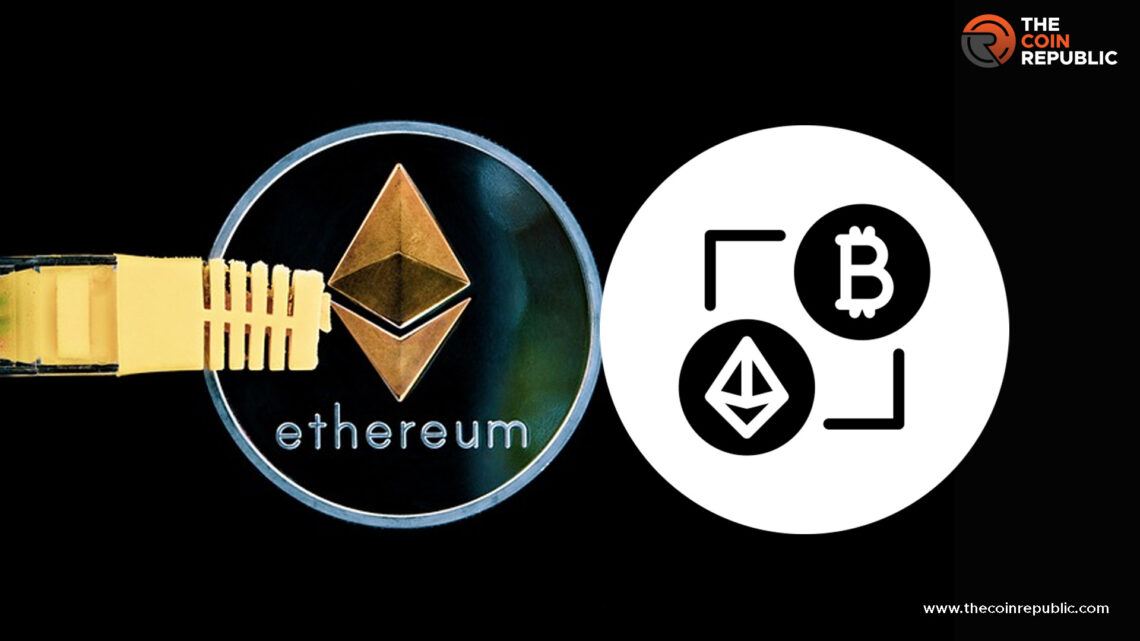- 67% of new blocks on Ethereum post-merge are OFAC compliant.
- Censoring MEV relays used by exchanges is harming neutrality.
- This compliance and censorship are hindering the goal of Ethereum of open and inclusive finance.
Compliance with federal sanctions have negatively impacted the global reach of most crypto ecosystems. Although Ethereum investors have a noteworthy power, they can decide the level and degree of compliance the ecosystem obeys. Still its does not seems enough.
Post-merge, more than 60% of Ethereum blocks now comply with United States sanctions proposed by the Office of Foreign Assets Control (OFAC). Although the crypto community stands against this step, the majority cannot realize their contribution towards helping Ethereum to attain complete OFAC compliance.
Censoring Miner Extractable Value (MEV) relays by crypto exchanges and the ecosystem is harming Ethereum’s credible neutrality. MEV relays work as a mediator between block builders and block producers and are being used by major crypto players such as Celcius Network, Coinbase, Cream Finance etc.
Users who are staking Ether on various platforms that employ censoring MEV relays on validators are unknowingly directly contributing to the censorship of Ethereum. If the platforms use a non-censoring MEV-boost relay, they can dismiss the possibility.
Popular MEV-boost relays that do not promote censorship include Agnostic Boost, Ultra Sound Money, Aestus, BloxRoute Ethical, BloXroute Max Profit, Relayoor and Manifold.
At the time of writing, out of 100 Ethereum blocks, 67 were found to be compliant by OFAC.
The importance for adoption of non-censoring MEV-boost relays is equally important for both the service providers and investors. The reason being this protocol-level censorship is a hindrance to the industry’s goal for open and inclusive finance.
Recently two dormant addresses on the Ethereum network woke up after years of slumber and transferred 22,982 ETH.
#PeckShieldAlert 2 Dormant addresses transferred 22,982 $ETH (~27.2M) to 2 fresh addresses, their last movement was October 2018 (1,535 days ago).
— PeckShieldAlert (@PeckShieldAlert) December 19, 2022
These $ETH originated from Genesis and Poloniex pic.twitter.com/MXKpLnypif
The ETH transfers in question can be well-tracked back to Poloniex and Genesis, where anonymous whales had transferred 9,878 ETH and 13,103.99 ETH.
Is Ethereum really Decentralized?
With 67% of its new blocks complying with OFAC, the ecosystem can hardly be called decentralized. This step from Ethereum is like a double-edged sword; on the one hand, compliance provides the government’s trust and could help regain trust among the general investors. This compliance can ensure timely scrutiny and audits, which would establish a trustworthy functioning of the ecosystem.
But this sword would cut from both sides, and this compliance will definitely hamper the goal of providing a decentralized alternative for global finance. The basic idea with which cryptocurrency was born. Though non-censoring MEV-boost relays are still an option, their timely execution would determine Ethereum’s decentralized status.

Nancy J. Allen is a crypto enthusiast, with a major in macroeconomics and minor in business statistics. She believes that cryptocurrencies inspire people to be their own banks, and step aside from traditional monetary exchange systems. She is also intrigued by blockchain technology and its functioning. She frequently researches, and posts content on the top altcoins, their theoretical working principles and technical price predictions.


 Home
Home News
News










